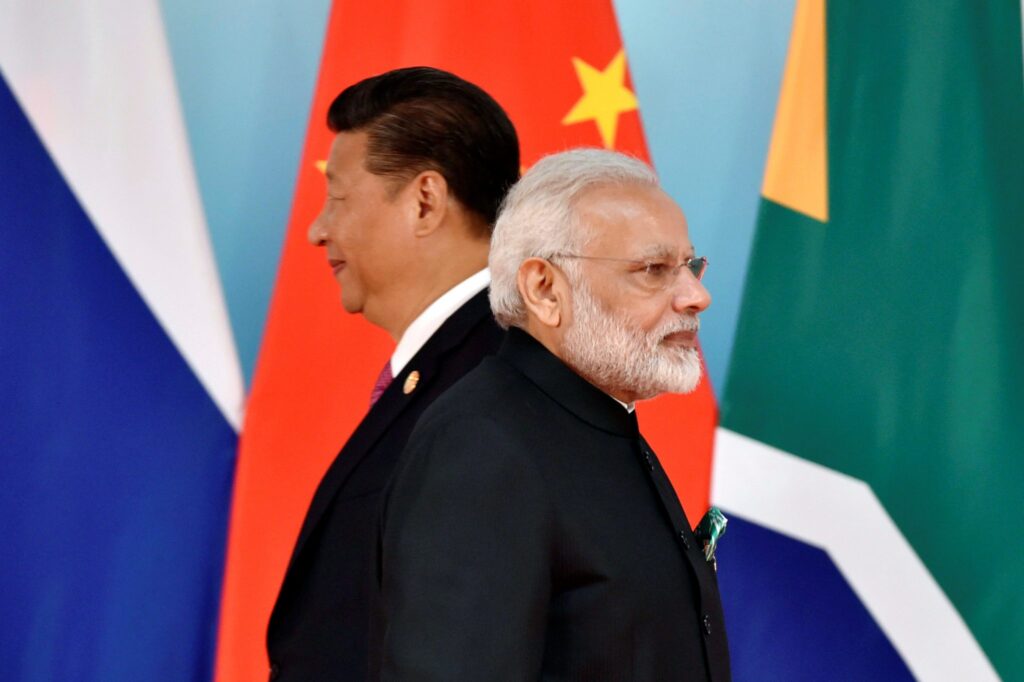
STRATEGIC ASSESSMENT. The ongoing farmers’ protests that erupted in India after the enactment of new farm laws have attracted worldwide attention. In September 2020, Indian Prime Minister Narendra Modi’s Bhartiya Janata Party (BJP) government passed three farm sector reform laws aimed at overhauling the agricultural marketing sector by deregulating wholesale trading. The government argued that these laws were a result of longstanding demands to restructure and modernize Indian agricultural practices. Proponents of the reforms stress the intent behind the laws is to “protect and empower” farmers to sell their produce directly to exporters and wholesalers in a fair and transparent manner. But opponents claim that the true beneficiaries will not be farmers, but large pro-government conglomerates. Additionaly, only those farmers already sufficiently wealthy or powerful can afford the opportunity to protest, with smaller farmers or local complexities sidelined. Moreover, there are concerns that lawmakers rushed decisions with little transparency or consultation. Even global icons have weighed in, from music and entertainment icon Rihanna to climate activist Greta Thunberg.
The protests show few signs of abating and pose one of the most significant challenges to Prime Minister Narendra Modi’s rule to date. The situation has reached a stalemate. Though the government has agreed to suspend the latest laws for the next eighteen months with the hope to arrive at a negotiated settlement, the farmers have resisted, demanding nothing short of the repeal of these laws. Since the 1960’s, when the Indian government introduced agricultural subsidies to boost agrarian production, another system of government-regulated markets in the form of Agricultural Produce Market Committees (APMCs) was also put in place. These APMCs aimed mainly to eliminate the exploitation of the farmers by intermediaries, where they are forced to sell their produce at low prices. The APMC-run markets, known as mandis, have formed the backbone of the agricultural trading mechanism. With mandis came another mechanism, the instrument of Minimum Support Price (MSP), which is a government guarantee to farmers that even if the prices of food grains fall drastically, the government will buy their crops at a minimum mutually agreeable price. The MSP was a safety net for farmers which protected them from volatility associated with agriculture prices.
The government claims that the new laws do not eliminate the mandis but only end their monopoly on trade, thus allowing farmers to trade externally, even online. On the face of it, these amendments appear quite fair and progressive, but the farmers remain concerned about being exploited by a handful of corporate behemoths with few redress mechanisms. As the tug-of-war continues, Prime Minister Modi’s government has been accused of resorting to heavy handed tactics, including suspending Twitter accounts, arresting innocent activists, and in extreme cases, even labeling farmers as “terrorists.” For their part, the farmers insist that they refuse to settle for anything short of a total repeal of these laws.
There has been little opportunity for constructive debate as the strike and the government response have been shaped by election dynamics. The main opposition Congress party accuses the government of humiliating the farmers who feed millions of Indians. Modi’s political opponents are seeking to harness the energy of the protests to challenge BJP at the polls, with state assembly elections scheduled for April and May. But the farmers’ protests are primarily concentrated in northern India, especially Punjab, Haryana, and Uttar Pradesh. The issue is less germane in the southern part of the country, where farmers mostly produce non-food grains or cash crops. Moreover, most of these states have already deregulated their mandis. Still, the draconian tactics employed by the Modi government has allowed his opposition to portray him as “anti-farmer” and too heavily influenced by substantial corporate interests.
It is too early to tell how the protests and the government’s response will impact BJP electorally, but they do represent perhaps the most serious challenge of Modi’s seven years in power. Authorities in India cannot afford to ignore farmers, who form a sizeable electoral demographic. Moreover, the characterisation of protesters as “terrorists” has the potential to exacerbate already deep social divisions and prospects for violence around elections. With pressure mounting, a repeal of these unpopular new laws may help the government win back the trust of tarmers and pave the way for a more constructive and consultative process through which the much-needed agricultural reforms can be ushered in (TSC).





